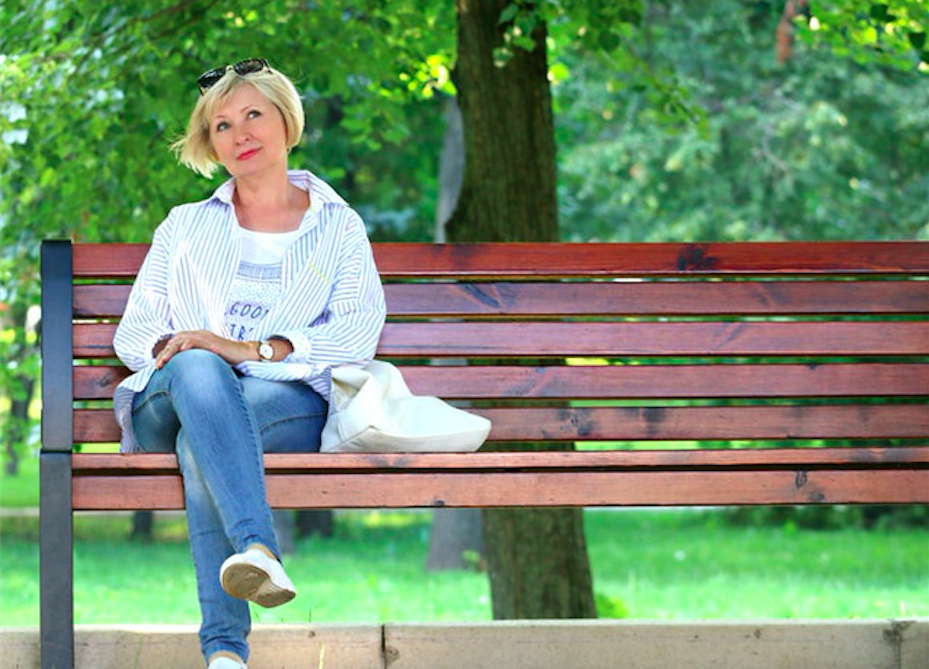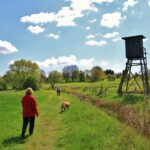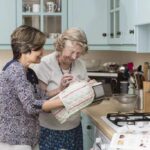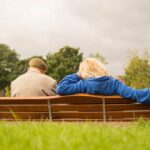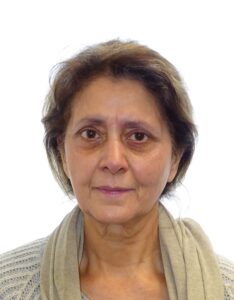The reason why osteoporosis is common in females is often due to the drop in oestrogen levels after the menopause. Oestrogen is a hormone that helps regulate bone density, and when levels drop, bones begin to break down quicker than they can rebuild.
Why osteoporosis is common in women
Many women lose height and develop a humped back in old age. This is because of the high prevalence of osteoporosis in older women. The condition leads to bone thinning, which leads to spinal fractures, which leads to loss of height and a rounding of the back.
Osteoporosis is a very common condition, especially in the elderly. It affects one in five men over the age of 50, but it strikes a staggering 50% of women in the same age range, so what causes this gender inequality?
What are healthy bones?
The body usually breaks down bone and builds new tissue to replace it. This process of bone turnover is normal and healthy, however as we age we don’t form as much new bone, meaning that bone mass gradually starts to decrease over time. This process causes bones to become progressively more porous and at risk of fracture.
Research shows that men tend to have denser, stronger bones. So, although bone loss still occurs in men from middle age, it is less likely to lead to significant osteoporosis.
If you would like to learn more about osteoporosis; the history, causes, and the various treatments, see Osteoporosis: A Deeper Dive
How do bones become unhealthy?
Women are particularly at risk after the menopause, because of a significant dip in oestrogen levels. Oestrogen is a hormone, and our hormones can have a big impact on bone turnover and the health of our bones.
Both men and women have oestrogen, but women have it in greater quantities as it’s directly linked to the menstrual cycle.
Oestrogen provides a boost to bone density, and when the menstrual cycle comes to a halt oestrogen levels drop. This causes bone density to deplete dramatically.
The longer a woman goes with lower oestrogen levels, the more likely osteoporosis becomes. This means that having an early menopause, having a hysterectomy and ovarian removal before the age of 45 or missing periods because of weight loss or eating disorders, can all increase the risk of osteoporosis developing.
Why do I feel fine?
Osteoporosis is often a silent disease. You may feel and look totally well but on the inside your bone density may be gradually diminishing. By the time a fracture occurs, the osteoporosis can be advanced. The frustrating truth is that although high numbers of people are affected by osteoporosis, the condition is frequently missed.
A fifth of women who have had a fracture because of osteoporosis, need to break 3 bones or more before being diagnosed with the condition. This is despite the fact that certain fractures, like those of the wrist, the spine and the hip, happen much, much more frequently in people affected by osteoporosis. So, it’s important to increase awareness and be proactive about preventing, identifying and treating this condition.
It’s not just women
Women are four times more likely to develop osteoporosis, but there are around 3 million people affected in the UK in total, which means that there are lots of men with thinning bones too. Men with osteoporosis are often underdiagnosed and undertreated, meaning that if they do have it, they are at increased risk.
Only a quarter of adults know about osteoporosis, but early diagnosis and treatment can improve bone health and decrease fractures. So, I will close this blog with these wise words from the National Osteoporosis Society:
The next time you hear of an older friend, neighbour or family member falling and fracturing, think of osteoporosis.
You could potentially save someone you love from broken bones and the risk of ongoing pain, immobility and isolation.
Whether you’re reading this blog because you’re worried that you have osteoporosis, or you’re concerned that a loved one’s bones are thinning, try not to panic. By taking positive steps you can make a difference, and if you’re considering care, HomeTouch can help you to find the information you need in order to make an informed decision. Simply download our free and impartial Definitive Guide to Home Care for an overview of all of your care options.
If you want to find out more about osteoporosis, the National Osteoporosis Society has a nurse helpline on 0808 800 0035 and an informative website at nos.org.uk
Find out more about Osteoporosis:
